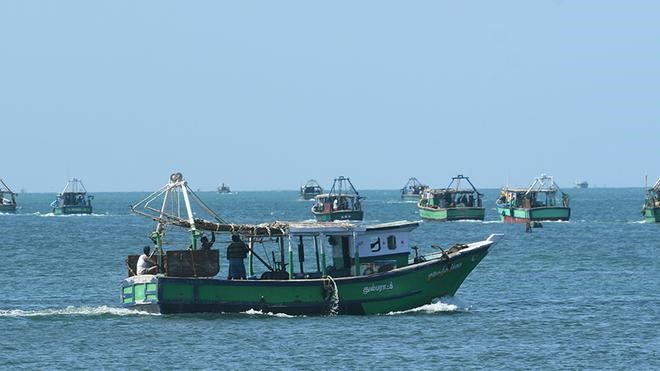
Distress Alert Transmitter

20.01.2024
Distress Alert Transmitter , Daily Crrent Affairs , RACE IAS : Best IAS Coaching in Lucknow
|
For Prelims:About Distress Alert Transmitter,What is Second Generation DAT?, |
Why in the news?
Indian Space Research Organisation (ISRO) has developed an improvised Distress Alert Transmitter (DAT) with advanced capabilities and features for the fishermen at sea to send emergency messages from fishing boats.
About Distress Alert Transmitter:
- The first version of DAT has been operational since 2010.
- The fishermen at sea send emergency messages from fishing boats.
- The messages are sent through a communication satellite and received at a central control station (INMCC: Indian Mission Control Centre) where the alert signals are decoded for the identity and location of the fishing boat.
- The extracted information is forwarded to Maritime Rescue Coordination Centres (MRCCs) under Indian Coast Guard (ICG).
- Using this information, the MRCC coordinates to undertake Search and Rescue operations to save the fishermen in distress.
What is Second Generation DAT?
- Taking advantage of technological developments in satellite communication and satellite navigation ISRO has improvised DAT with advanced capabilities and features evolving to Second Generation DAT (DAT-SG).
- The DAT-SG has the facility to send back acknowledgement to the fishermen who activate the distress alert from sea. This gives an assurance to him of rescue coming to him.
- Apart from transmitting distress signals from the Sea, DAT-SG has the capability to receive messages from control centres.
- Using this, advance alert messages can be sent to the fishermen at sea whenever there are events of bad weather, cyclone tsunami or any other emergencies.
- Further, the information about Potential Fishing Zones (PFZs) are also transmitted to fishermen using DAT-SG on regular intervals.
- DAT-SG can be connected to mobile phones using Bluetooth interface and the messages can be read in native language using an App in the mobile.
- The central control centre has a web-based network management system called “SAGARMITRA” which maintains a database of registered DAT-SGs and helps MRCCs to access the information about boat, coordinate the boat in distress in real time.
- This helps the Indian Coast Guard to undertake Search & Rescue operations at the time of distress, without any time delay.
Source: The Hindu